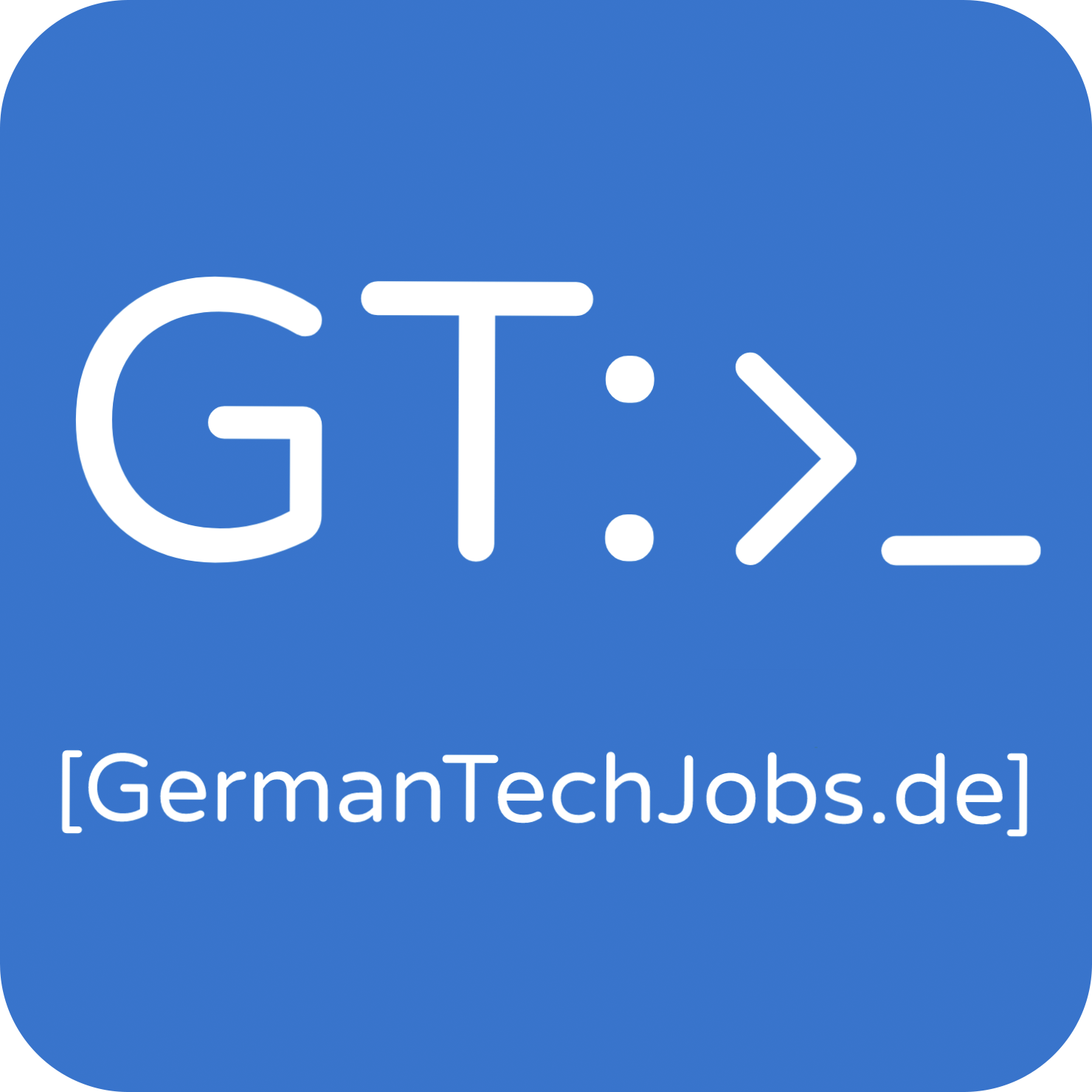The First ASQF Test Automation Challenge is over …
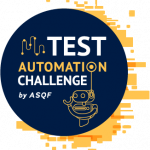 The ASQF Test Automation Challenge is a tournament for all test practitioners to showcase their skills and compete with other test professionals. It puts the testing craft in the spotlight and gives the profession a competitive event on an international level.
The ASQF Test Automation Challenge is a tournament for all test practitioners to showcase their skills and compete with other test professionals. It puts the testing craft in the spotlight and gives the profession a competitive event on an international level.
This Challenge has a focus on test automation.
From 12-14th October 2022 we had a lot of fun with our tester teams. It was a tight tournament, but the jury finally announced “Enigma” from Portugal as the winner of the TAC 22.

Test Automation Challenge
 The path to victory
The path to victory
Create your own team of software testers and compete in friendly competition and win amazing prizes.
Participants must form teams of up to 4 members. Company teams are allowed; multiple company teams may register if applicable.
There is a €50.00 registration fee per team (net and non-refundable), which must be paid by invoice.
Organizational Stuff
the registration period has expired
That’s what you get!
Duration of the event
The event will be 1 ½ working days long, plus an initial 30-minute meet & greet and orientation on 12th October. This is an optional part of the competition.
That’s a long time!
Not really. You will spend the first few minutes to familiarize with the SUT, read information, then interacting with the customer proxy (product owner).
After that you should have an idea, what to automate, developing a strategy to do so, and pitch this concept to your fellow competitors (as do they with their concept).
About halfway through the event, you’ll need to start thinking about the actual test automation, write some automated test, make them executable and be ready to demo it at the end of the event.
As a last action of the event you will send in your concept as well.
We suspect that you will be quite busy.
Timetable
| Day | Time (UTC+2) |
| 12th Oct. |
5:00 pm Welcome & Introduction 5:30 pm Presentation SUT 5:40 pm Q&A with the POs part 1 6:30 pm Closing 1. day |
| 13th Oct. |
9:00 am Welcome 9:10 am team introducing & jury introduction 10:00 am Q&A with the POs pt.1 11:00 am Pitching Stage 1:00 pm Lunch Break 2:00 pm Florian Pilz “Design Patterns in Test Automation” 2:45 pm Mark Winteringham “What does an automation engineer do?” 3:30 pm Closing 2. day |
| 14th Oct. |
11:00 am Submission of the results 11:00 am 2. Pitch /Livedemo + Q&A 1:00 pm Lunch Break 2:00 pm Johannes Dienst “Challenges in UI Automation and How to Solve Them” 3:00 pm Christian Baumann “Don’t be a fool with a tool ‒ fundamental knowledge for proper test automation” 4:00 pm ASQF Presentation 5:00 pm Team Interviews 5:30 pm Award Ceremony |
Software under Test (SUT)
The actual SUT will be announced shortly before or at the beginning of the event to ensure fair play for everyone.
Neither in Unicorn Land nor in the Real World will it be possible to test or automate everything.
Your team will have to decide how to invest your time, what to test, what not to test, what to automate, what not and how to approach it.
The final deliverables will be the demonstrated test automation, the actual code for review and a test concept that focuses on the most important aspects and informs the “customer” about the status of the test automation, their importance and improvement ideas.
Wait. You will probably ask, “What is important? What is important to my customers?
Interaction with the customer(s)
In the beginning of the event and during several meeting slots, the product owner of the SUT and the jury will be present; you can ask questions during these slots.
Take this opportunity to ask questions and get answers about priority/risk, consequences of failure, project details, etc. We suggest that after reading the initial information, your team spends a few minutes asking questions and then jumps on the stream to interact with the “customer”. The quality of that conversation will be part of your bottom line!
Results
Teams will produce two major deliverables: Automation code and an automation concept.
Since this is an international event, we need the results in English.
The programming language is free to choose for the teams; our judges are automation practitioners and can handle it.
The automation code needs to be given to the judges for review and inspection.
We recommend something common like github; but any open readable storage will suffice (please don’t send dozens of single txt files please).
The content and format of the automation concept is up to each team, but it should help the decision maker figure out about the situation of the automation, if it needs further improvements, what to invest in next, and so on. Ideally, the concept would also include how you decided what to automate and how your team spent their time.
For example, your report would start with a description of the state of the SUT, then it could include what you think is most important to automate; then you could add some details about your strategy and the key problems you found.
At the end of the competition, you will need to email your concept and the code storage links with the subject line “Test Deliverables for [Team_Name]”. (The email address will be provided to teams in advance).
We expect to receive it “shortly after” the official end of the competition. Ideally, teams will allow some time within their time box for this. We are willing to allow a grace period of 5 minutes to receive it.
Criteria for the evaluation
- We evaluate the concept, which should give us and the product owner valuable information.
- Furthermore we evaluate on their presentation of the concept in the pitch stage phase.
- As a last set we have a look at their code and evaluate it.
The Jury
The jury will decide on the entries and the points gained during the competition. The evaluation criteria will take into account various aspects relevant to test automation, e.g. the best automation concept, demonstration of automated tests and implementation of automation patterns.
The judges will decide on a software to be tested by the participating teams, which will be announced only at the beginning of the chosen competition time.
A customer representative will be available to answer questions.
Judges have been selected from the professional software testing community to ensure consistent and fair judging.
Prizes
1st place: prize money + a robot
2nd place: prize money + TSTR shirts
3rd place: prize money + Books (Test Automation Fundamentals)
Talks
13th

“Design Patterns in Test Automation”
2:00 pm Florian Pilz “Design Patterns in Test Automation”
Test automation is software development. The code needs to be well-structured and maintainable, so it can be easily adopted to changes in the production code. Design patterns can help to achieve this. In this talk, I will show you some design patterns I often use in my test automation code.
“What does an automation engineer do?”
2:45 pm Mark Winteringham “What does an automation engineer do?”
Over the past year the Ministry of Testing have been working with the testing community to identify and create a new curriculum for automation engineers. In this talk, Mark will share the story of why it was made and how before exploring the curriculum in it’s current form and how everyone can help contribute towards it.
14th
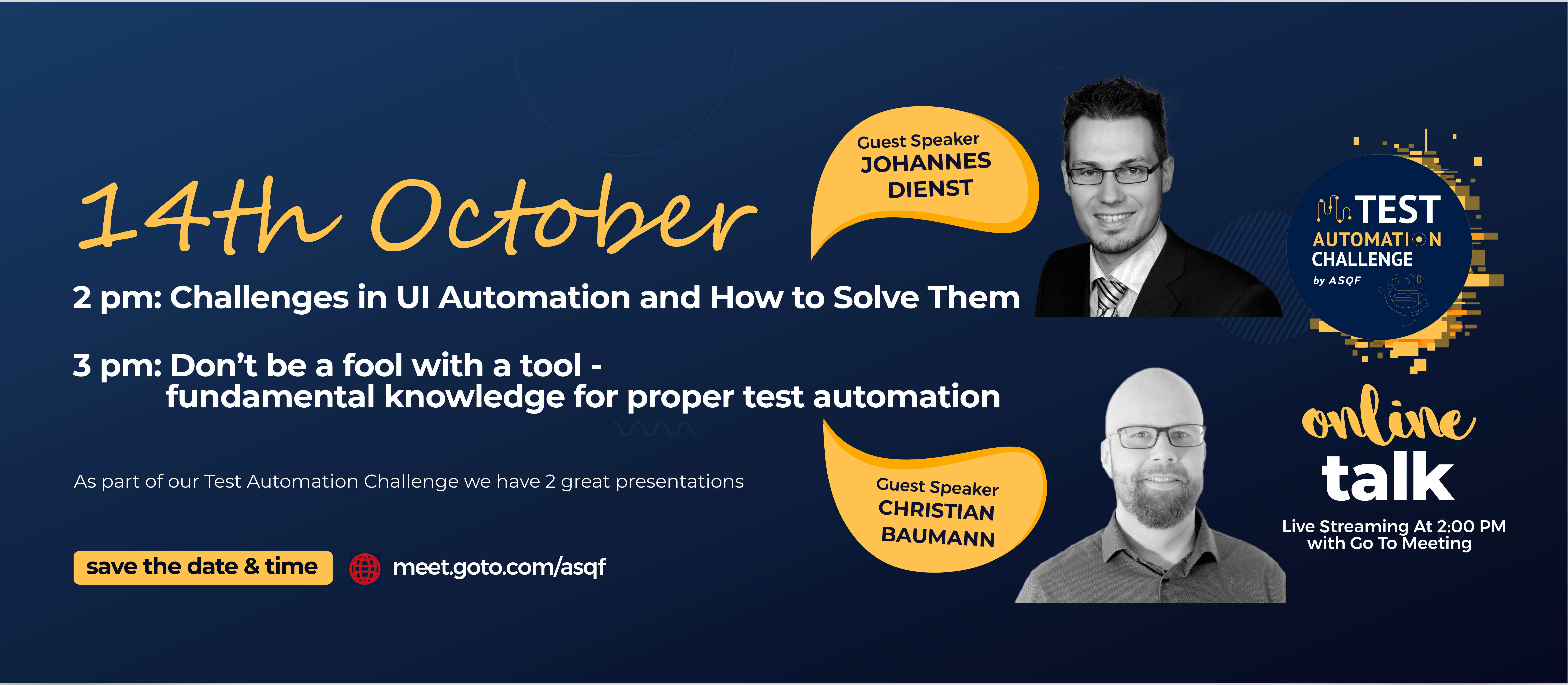
“Challenges in UI Automation and How to Solve Them”
2:00 pm Johannes Dienst “Challenges in UI Automation and How to Solve Them”
It is impossible to imagine software development without UI tests. Despite technological progress, the automation of UI tests is still considered too complex to function completely without manual intervention. Especially when automating canvas elements, embedded maps or shadow DOM elements, many approaches reach their limits.
That is why more and more image-based approaches are being pursued, in addition to classical ones such as Selenium.
This talk will cover modern UI automation approaches with an overview of tools and techniques. In particular, current problems and future developments will be addressed. We show exemplarily how several tools like Taiko and SikuliX can be used and how AI will help to approach such challenges in the future.
“Don’t be a fool with a tool ‒ fundamental knowledge for proper test automation”
3:00 pm Christian Baumann “Don’t be a fool with a tool ‒ fundamental knowledge for proper test automation”
How is your automation journey going? Are you a beginner or have you already started your journey, but are still struggling? In both cases, this talk is for you! I will share my own experiences and struggles, and you’ll learn how to bring your test automation to the next level.
This talk is not about any specific tool or framework. The principles described are generic, and I’ve seen them work in different contexts.
Organisation & Jury
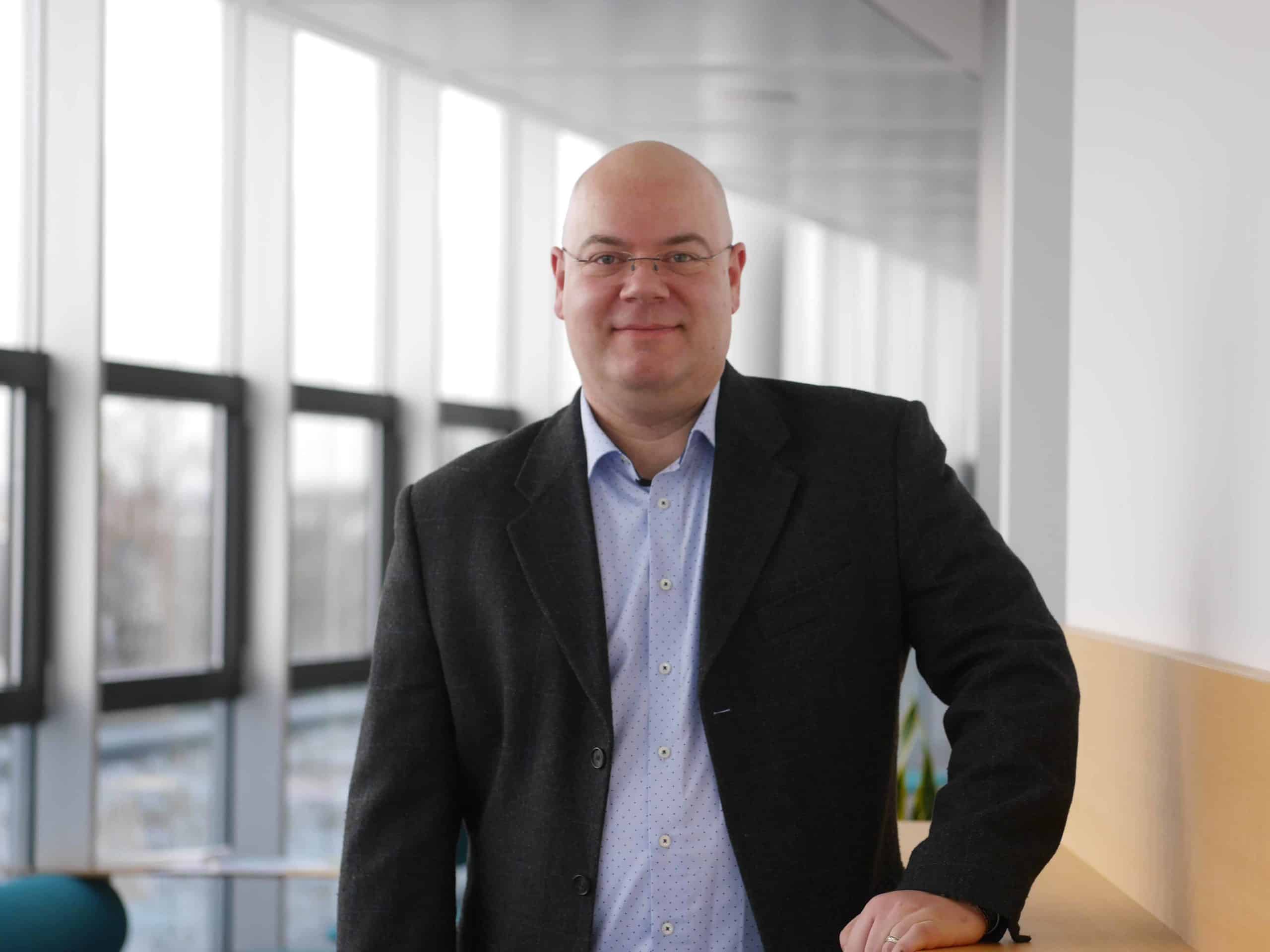

Carina Brandt
Jury
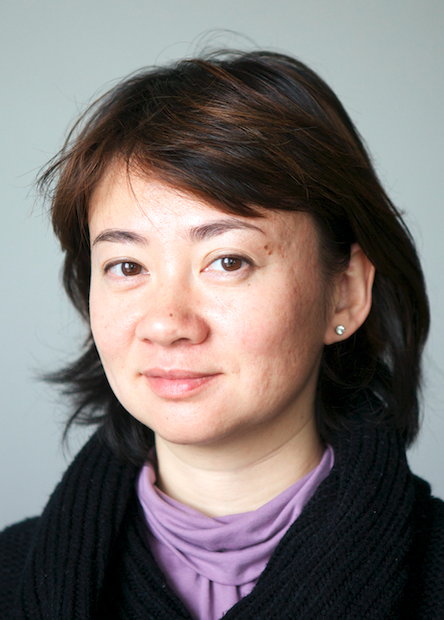
Prof. Dr. Zhen Ru Dai
Jury

Gwen Diagram
Jury

Marie Drake
Jury

Kay Grebenstein
Jury
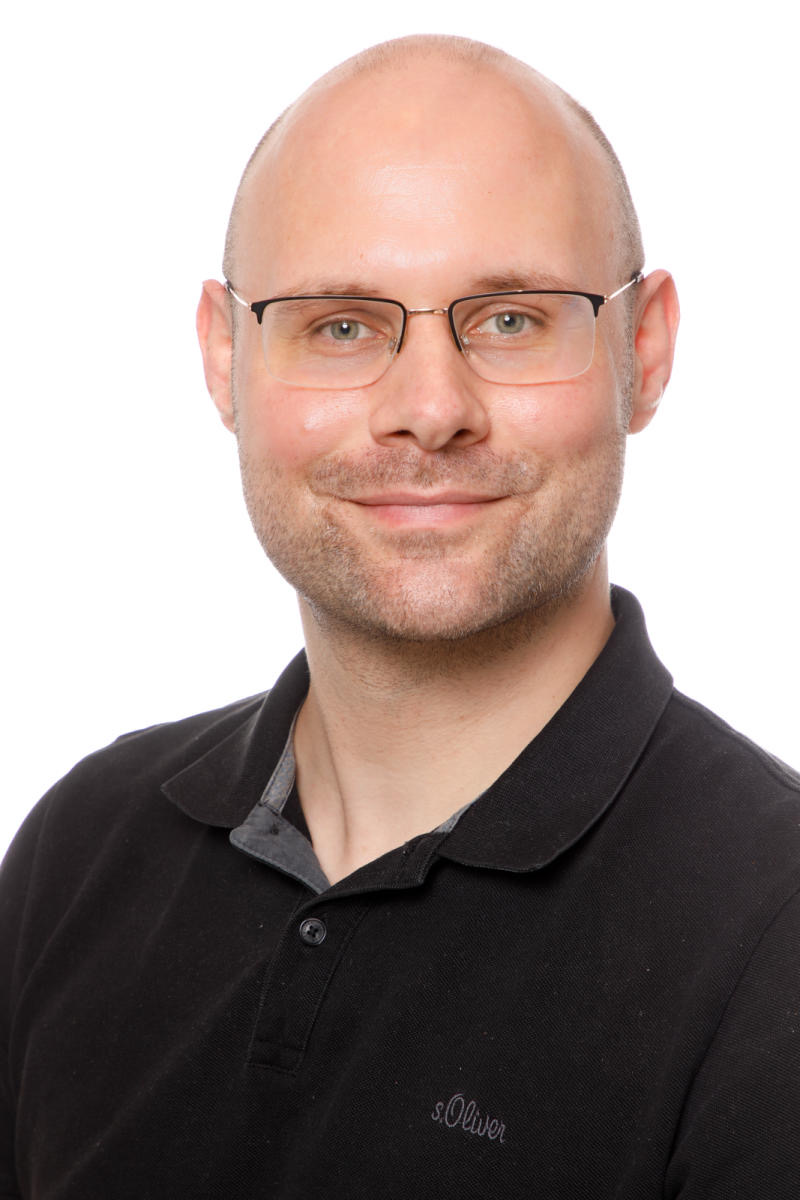
Florian Pilz
Jury

Christoph Menke
Jury
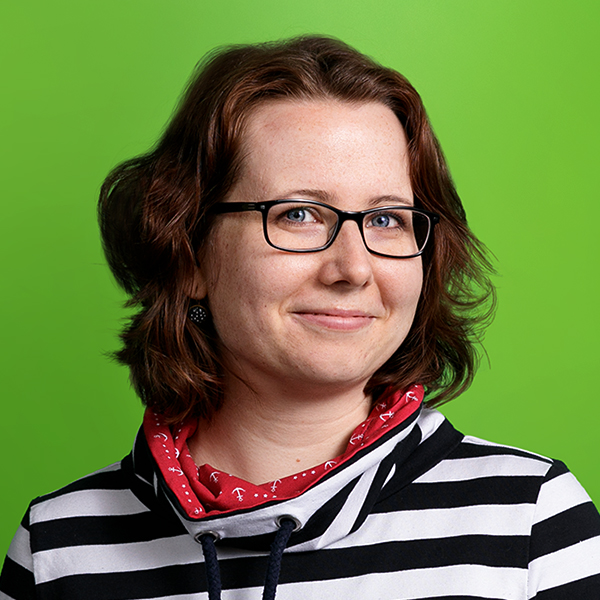
Katja Meyer
Jury
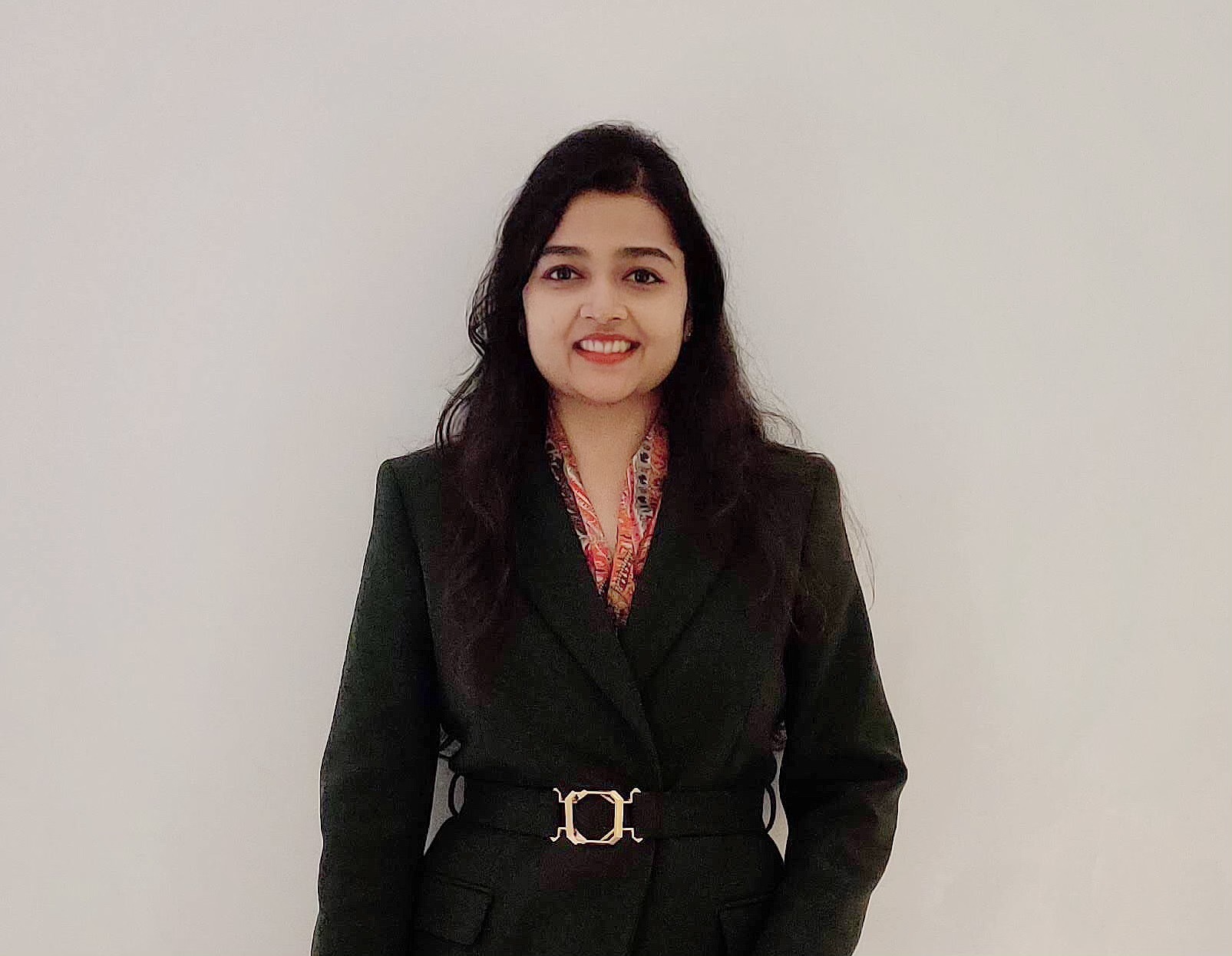
Anamika Mukhopadhyay
Jury

Alexandra Schladebeck
Jury
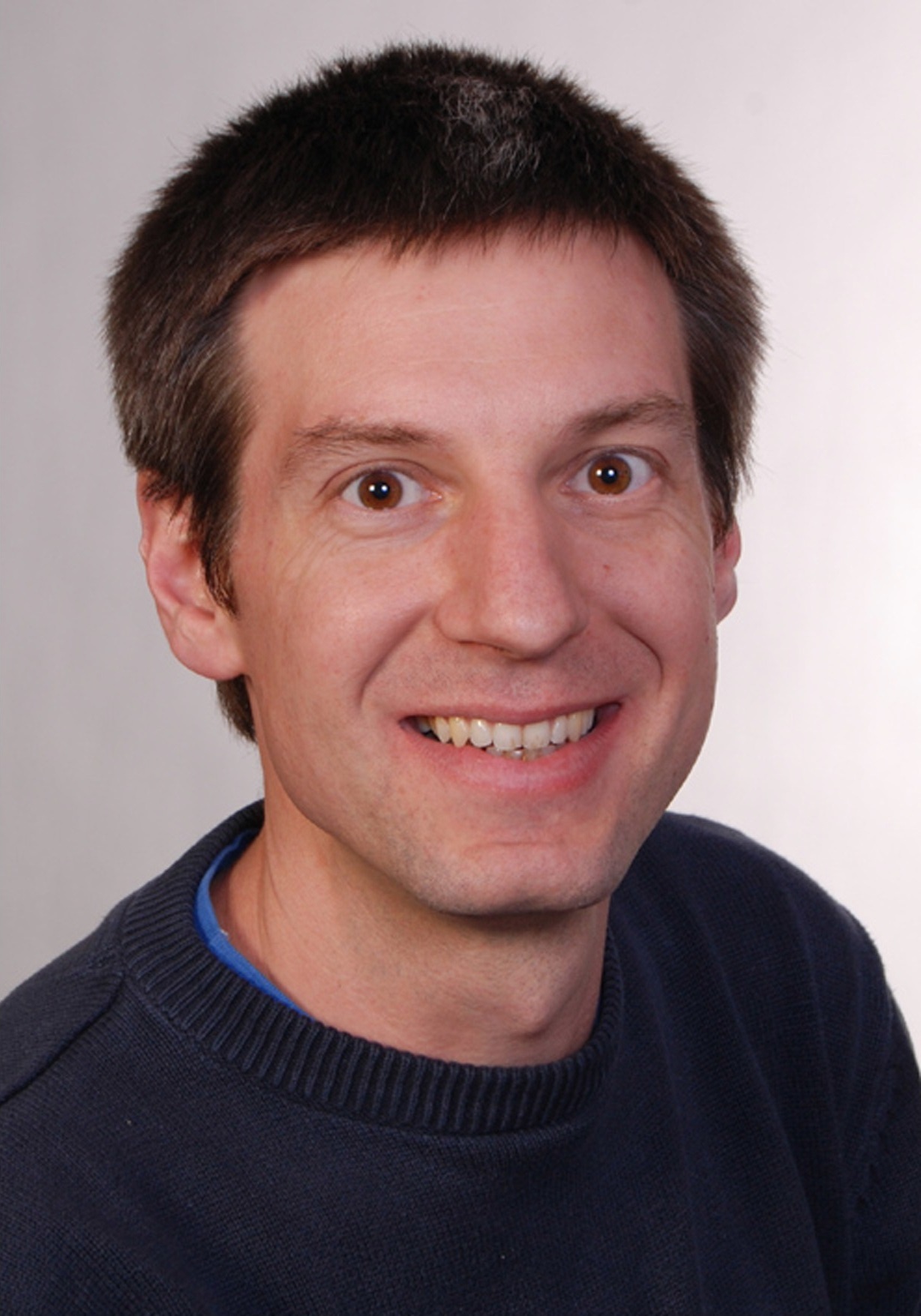
Andreas Schönknecht
Jury
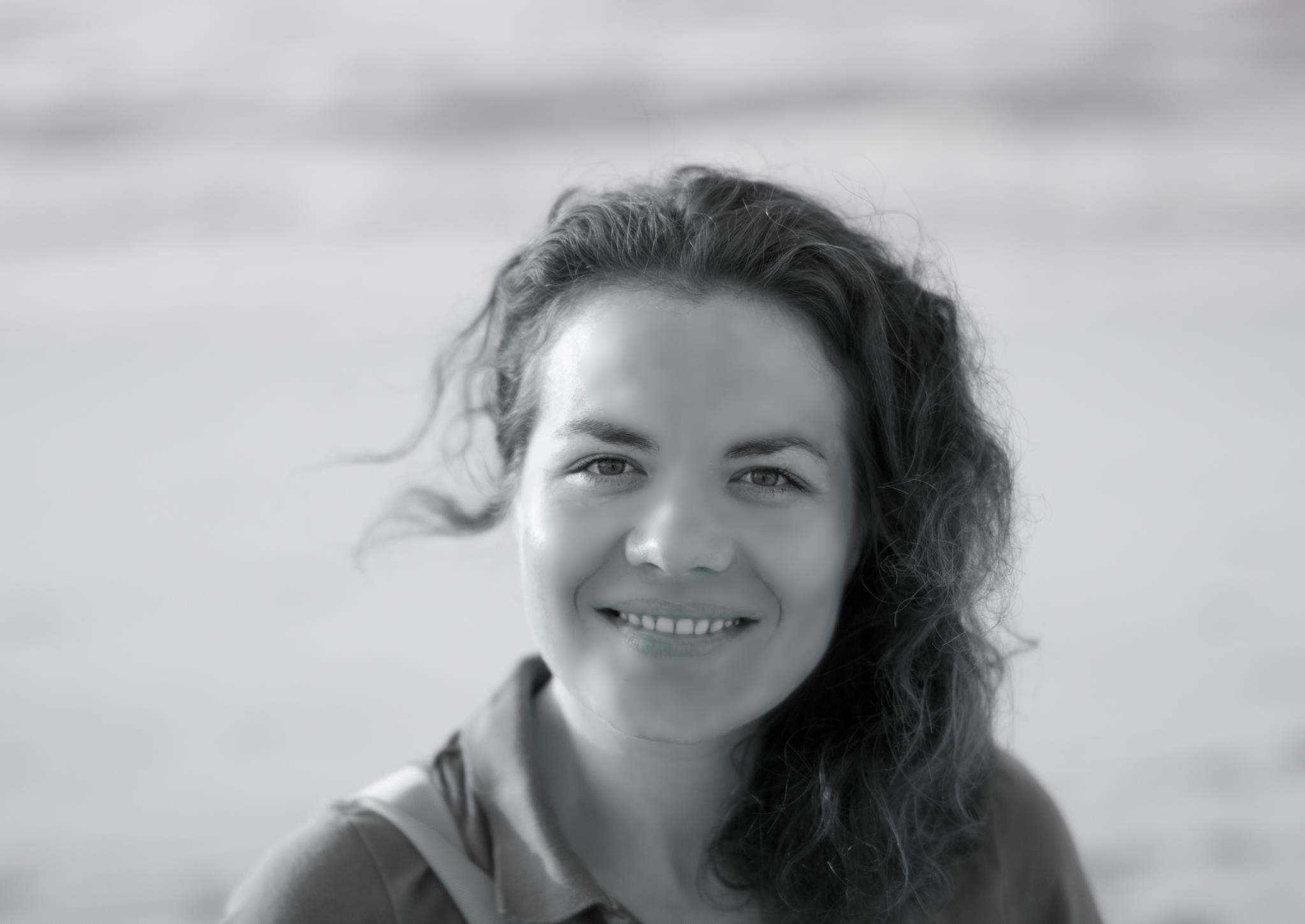
Maria Shalnova-Weinzierl
Jury

Jörg Sievers
Jury

Mark Winteringham
Jury




